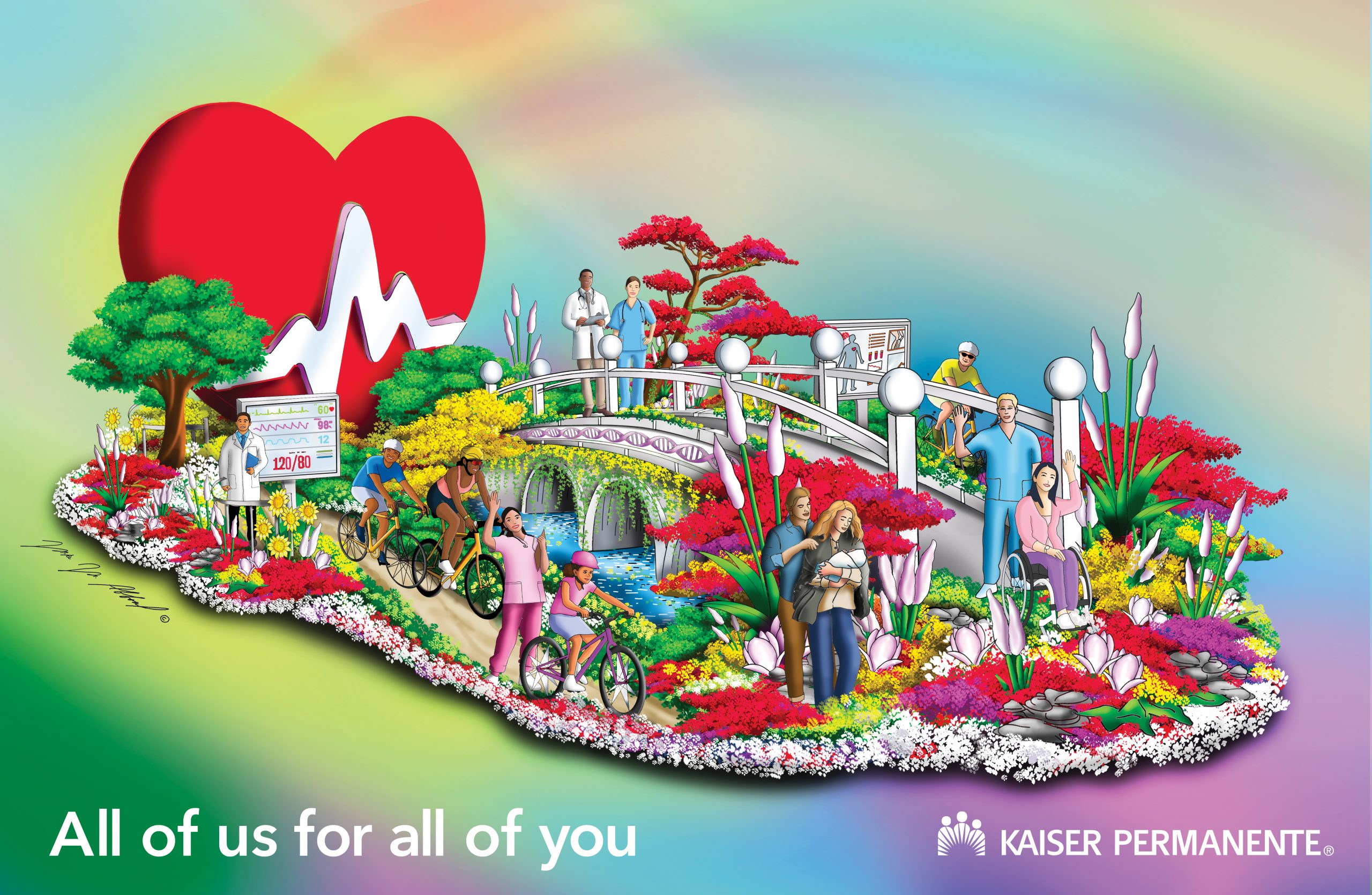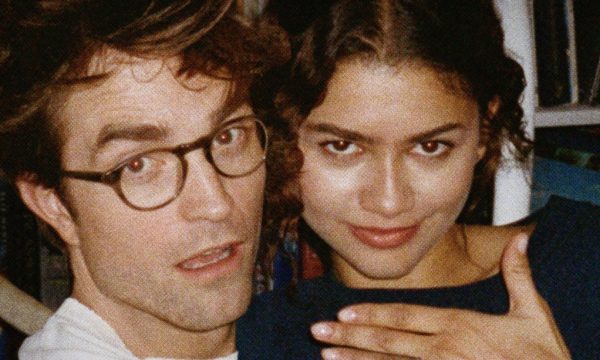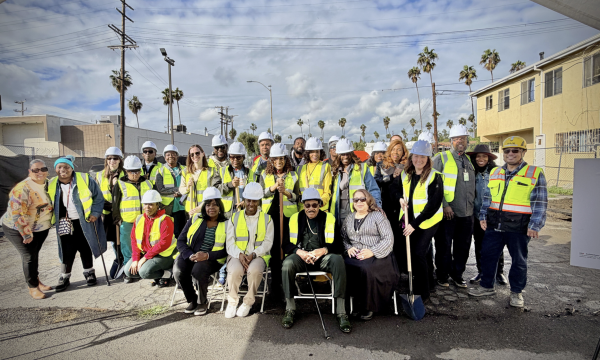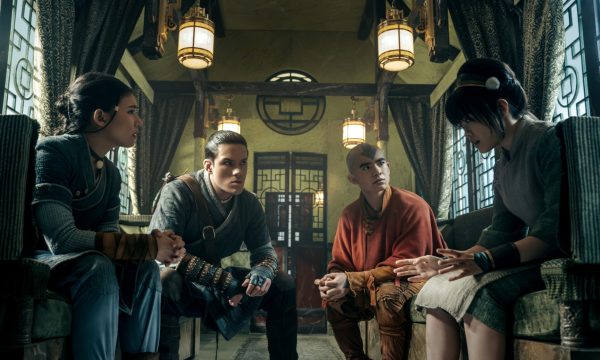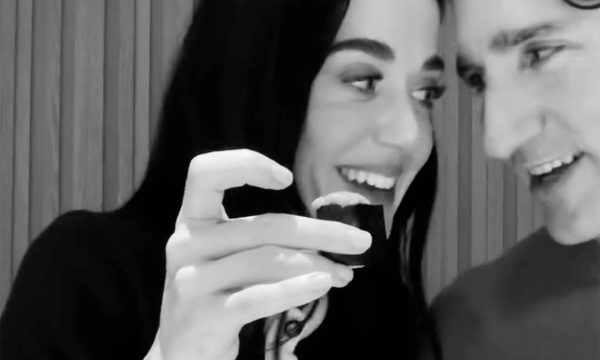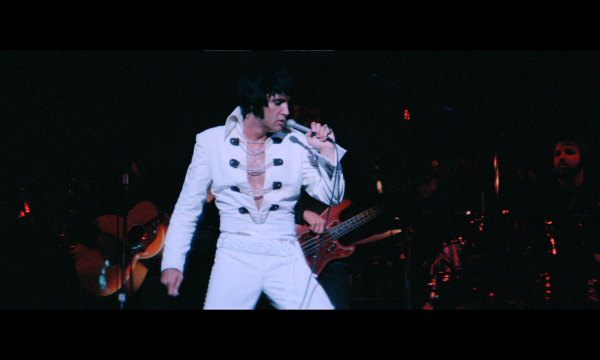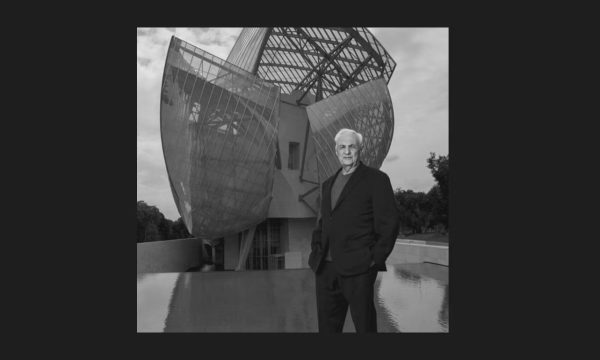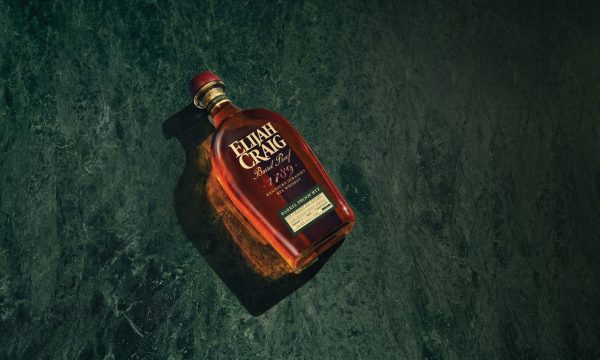The famous 2023 Rose Parade in Pasadena, California attracts visitors from around the world. This year’s 2023 Rose Parade presented by Honda will captivate audiences on Monday, January 2, 2023.
Since the first Rose Parade in 1890, each float entry presents a unique theme and visual story that bring their float to life. The theme of the 134th Rose Parade — “Turning the Corner” – is reflected in the official renderings for float participants including three first time entries.
Kaiser Permanente is getting ready to unveil their 2023 Rose Parade float with the theme, “All of us for all of you.”
They gave us a sneak peek inside what it takes to make one of these beautiful floats. The float celebrates the impact that a connected, compassionate care team supported by research, technology, and innovation, can have on individuals and communities. The 55-foot-long float features a series of real-life vignettes highlighting the ordinary and extraordinary moments made possible by next-generation care.
“All of us for all of you” is showcased through the unique and inspiring stories of 20 participants riding and walking alongside the float. They are a combination of dedicated Kaiser Permanente physicians, nurses, and employees, and Southern California patients who have overcome health challenges.
How long did it take to build the float? When do they start designing and building to be ready in time for the parade?
There are essentially three phases to build the float, amounting to approximately 7 months total:
-
-
- Design can take 4 – 8 weeks
- Then the construction phase can take 3 – 4 months, not including artwork and carving the foam, etc.
- From there, the art department takes two months to paint and do other things
-
What flowers are used throughout the design?
The float base features approximately 40,000 roses and orchids and approximately 700 pounds of ferns. The oversized heart on the back of the float is comprised of 20,000 red carnations and stands nearly 20-feet high. The white heartbeat line, lights and rails of the bridge are made of crushed coconut flakes. Under the bridge, approximately 6,000 stems of Dutch blue iris bring the water to life. The trees throughout the floats are brought to life by Orchids. The pink and yellow bikes are made from cut straw flowers confetti, while the blue bike is made from blue statice. The black bike tires are made from onion seeds and the handlebars are comprised of dark lettuce seeds. Other flowers and materials used include pampas grass, banana leaf, red and pink anthurium, commadore fern, Italian ruscus, lemon leaf, and green dianthus.
Who designed it?
Mike Abboud designed the Kaiser Permanente float. He studied and worked under the legendary designer Raul Rodriguez for over a decade, and has designed floats with Fiesta Parade Floats for the last four years.
What happens after the parade – we know that they are on display – but what happens to the design itself and still living flowers?
After the parade and display period, the floats are deconstructed. They start by discarding flammable materials, like dried out branches, which are especially dangerous with dry, windy weather conditions in the winter. The builders will salvage the scrap steel and save some pieces of the floats that may be reused in the future. The flowers and other natural materials are all discarded.
More info about the parade here: https://tournamentofroses.com/about/


